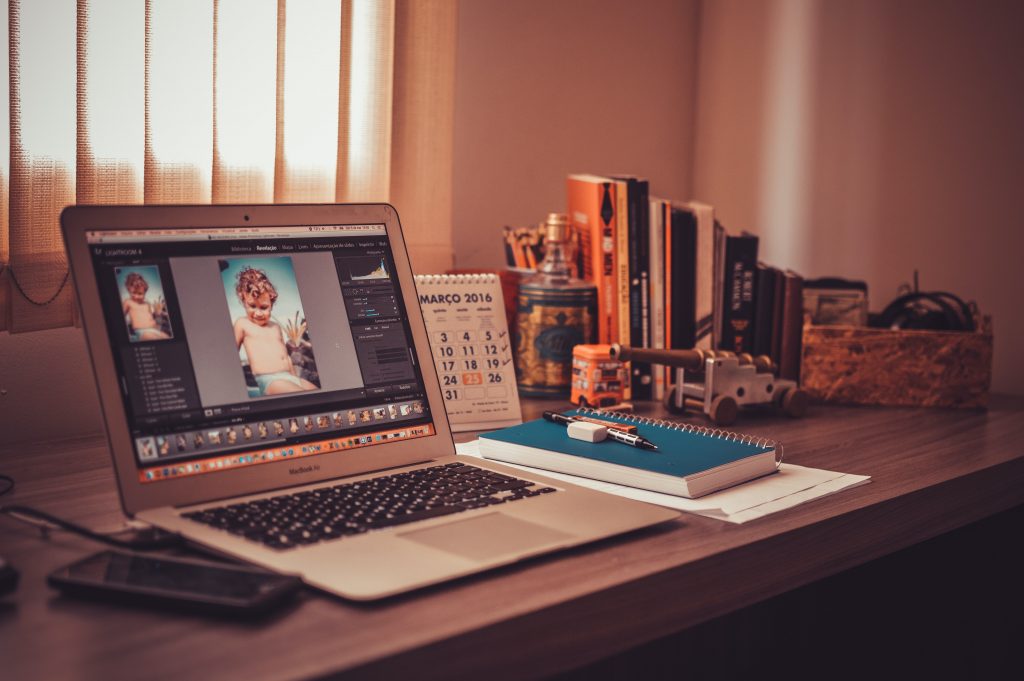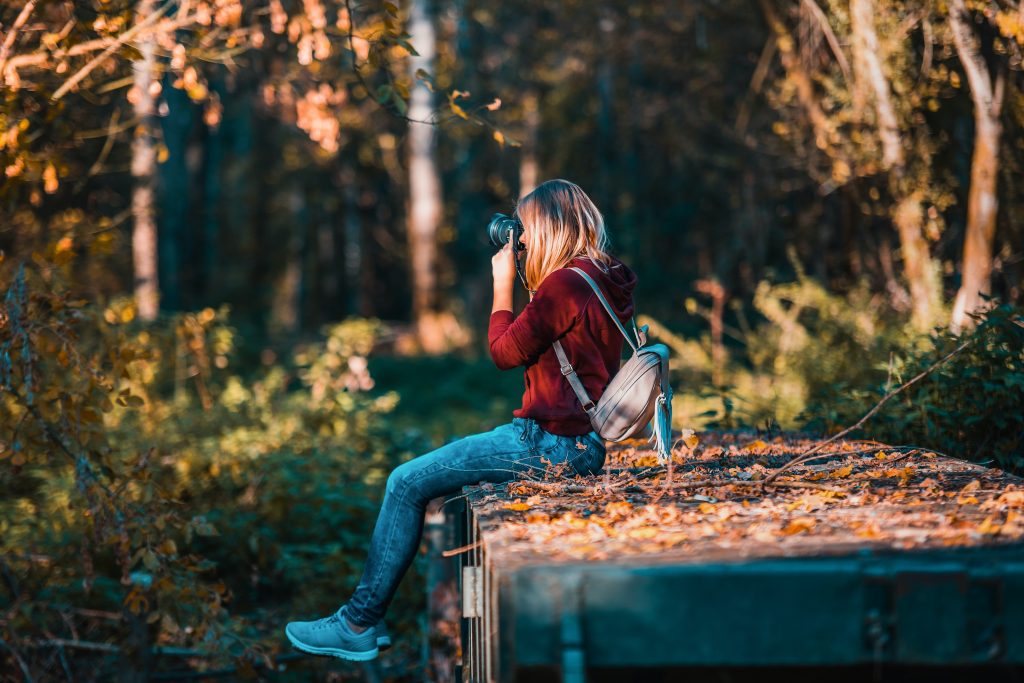Articles by Gregory Colvin to help you create better photos.
- Culture Builds Florida Hall of Fame

Greg Colvin: Photographer – Odessa (1954- )
Greg Colvin is a photographer-artist whose inspiration is found in the natural world. He uses the camera as a paintbrush, “…recreating visual sensations to share with others.” Mr. Colvin spends much of his time teaching others; also publishing many instructional articles. His images have been shown in galleries, juried exhibitions, outdoor art shows, schools and libraries. His work is included in the Tampa General Hospital permanent collection and Hilton Hotels. He was admitted into the Naples Museum of Art “Florida Contemporary Exhibit” in 2009. This year, he was commissioned by the federal government’s FCCPAC Art Project to create seven pieces for a new public building in downtown Orlando. He was also recently accepted into the Manhattan Arts International “Celebrating the Healing Power of Arts” juried exhibition in New York City. You can see more examples of his many photographs at his personal website. - Do You Photoshop Your Photos?

One question I get is “Do you Photoshop your photos?” The answer is yes, of course. Let me explain why.
Many times I have attended outdoor craft shows and observed the work of photographers. They brag that they don’t use Photoshop to alter their photos. You can tell. Being polite, I refrain from telling that what I think. These are same photographers who complain that they can’t get into the juried art shows and usually blame the judges. It’s not the judges. It’s the fact that their photos are uninteresting. Without the photographer’s input into the finished photo, it becomes a snapshot. Using techniques available to the photographer and the photographer artist’s creative use of these techniques are why they are artists and not snapshot photographers.
When you observe something that creates enough interest that you want to share that scene with others, or just record it for your own enjoyment, you are experiencing with all your senses at that moment. You smell fragrance of the foliage or flowers. You hear the birds, the surf or the wind through the trees. All these elements combine to create the desire to record the experience. These external influences contribute to your selection of the subject you want to photograph, whether you know it or not. When you capture the image, the camera cannot record the smells, feelings and sounds. It is up to you, as the artist photographer, to translate for the viewer the experiences that lead to your selection of this particular subject. This is accomplished when your audience sees the finished photo and has the same awe that you had when you selected that subject.
The camera on its own cannot recreate your experience. The camera is a tool, it cannot smell the flowers, feel the breeze or hear the surf. It is up to the artists to manipulate the image to relay the emotion that lead you to hit the shutter release.
It is up to you to decide, whether you are going to short change your viewer or create works and allow them to experience the beauty that you encountered in nature.
- Creating a Sense of Excitement about Your Photography

Creating a sense of excitement about your finished art is rewarding. Rewarding for you and those viewing your art, because, after all, your patrons deserve the best art that you can produce.
A major component of a great piece of art is its composition. It is composition that draws the eye into the image. It conveys the emotions you experienced when you captured the image.
In this article I would like to cover two elements that when, incorporated into photo, create a sense of depth. Depth in any work of art crafts an illusion. It creates an illusion wherein two dimensional art becomes three dimensional.
Any photo that centers on the main subject with the exclusion of its surroundings becomes static. It becomes a snapshot. Our aim is to create art.
For example, a light house when photographed in the center of the photo is a snapshot. It contains no emotion. Certain elements from the surroundings should be included in creation of the photo to give a feel for the size of the lighthouse or produce the emotion about the lighthouse. The same concept applies to mountains, waterfalls, buildings, sunsets and sunrises.
Two techniques we will cover in this article are framing and foreground.
Framing, when done correctly, helps define the main subject. Framing gives the photograph perspective. It highlights the subject giving the viewer a new or more interesting way of looking at the subject. Perhaps the subject has been photographed a thousand times, but by properly framing the shot, the viewer experience the image with a different prospective. This unique perspective produces the OHH WOW factor for you patron.
When a subject touches your soul and screams “photograph me!” Do it. But after the initial rush, step back and look around. Is there something that could be added to the photo that would frame the subject in a unique fashion? An archway, gate, or tree branch that would add to the finished image and frame the main subject. It may take some exploring, but framing opportunities exist. When you find it. It will be worth the search.
The second technique useful in creating a successful image is including the foreground into the image. Foregrounds add depth to the photo. It creates a feeling a point of reference. Foregrounds lead the eye into the photo. By lowering the position of the camera you can include more of the foreground. When including more of the foreground, I would suggest using a smaller aperture, a setting of 20 or less. Smaller apertures increase clarity of the image throughout the photo, thereby adding depth of field.
- Inspiration. A Key in Photography – Tip for Better Photos

Composition is the heart of the photo. Composition leads to the work of art that starts from inspiration. Inspiration begins when you disconnect from the inner struggles of everyday life and free the spirit to experience the world around you. Truly being in the moment and experiencing nature links you with all around you.
It may sound like meditation, but awareness of your surroundings without interference of outside thoughts clears the mind and sharpens the senses. Images appear where you did not see them before. The elements begin to align and art emerges.
Joseph Cornell, in his book “Listening to Nature. How to Deepen Your Awareness of Nature”, offers this exercise. Walk into an area that you would like to photograph. Instead of setting up the camera and shooting. Sit down. Wait. Relax. Be still and sense the moment. Very quietly become conscious of nature. The Native Americans called this “silent hunting”. Nature will speak to you, but you must be quiet. Nature speaks softly. If you are patient, nature will reveal herself to you. And incredible images will appear.
There are many times that I have entered a location, camera in hand, and not found anything that I wanted to photograph. It could be that I was not ready or nature did not want to reveal herself. Perhaps she didn’t feel photogenic that day. Other days, scenes appear like magic. So don’t be disappointed if you can’t find anything to shoot on any given day. Use that time to scout the area for future opportunities and revel in the fact that you have a chance to be outdoors.
Take this opportunity to plan for future shots. During planning, think, what if the light was coming from a different direction. What if, by coming back in the morning or late afternoon, you may produce a better image. Seasons change the landscape. Perhaps shooting in the fall with the foliage in brilliant colors, or winter with a fresh layer of snow would create the photo you desire.
Don’t rush yourself when seeking the image. Time with nature is a joy all by itself. If you don’t find that image, take back memories.
Gregory Colvin is a fine art photographer. His work has been included in many exhibitions at the Naples Art Museum and the Boca Raton Florida Fine Art Show. His art has been added to the collection of the Hilton Hotels and the U.S. Government Building in Orlando Florida.
- What the Camera Can’t Do

It happens all the time. It has happened to me on more occasions than I would like to admit. Your eye embraces a great scene. You know that this photo will propel you into the world of the greats. Watch out Ansel Adams, be prepared to beaten. As you retrieve the finished image from the printer or you see it on the computer screen, you scream “What happened to my masterpiece!”
It may not be your fault but, a disconnect between how you as a human perceive the outer world as opposed to the was the camera records the world.
Let’s look at the camera sees its surroundings. The camera, regardless of how sophisticated, has certain limitations. Most importantly, it has only one eye. Why should that matter to the photographer? Because the camera cannot distinguish between objects near and those that are at a distance. If flattens the scene. With two eyes we perceive the depth of field. The mountain in the distance is farther away and the trees closer. It keeps us from walking into things.
But what be done, you ask? There are things that you as a photographer can do to overcome this obstacle.
First thing that you will want to do, now that you know that the camera has only one eye, is to mimic the camera. When you find a scene that want to capture, close one eye and look at the scene again. It looks different doesn’t it?
Second thing is look around and see if there is anything that would add depth to the shot. By this I mean find something in the area that will frame the main subject. Something like a tree branch, arches through a wall or an outcropping of rocks. Something in the foreground or the edges of the viewfinder frame that is closer than the main subject of the image. The human eye will add depth to the photo when there is an object in the foreground.
Another weather related trick to adding depth is mist or fog. Objects further away seem to fade and further objects almost disappear. This creates a sense of depth for the viewer.
Look for lines that extend in the scene. A road will narrower as it stretches into the distance. This adds depth as well.
Experiment with these photography tips and just get out there and shot. And by all means have fun.
Article Categories